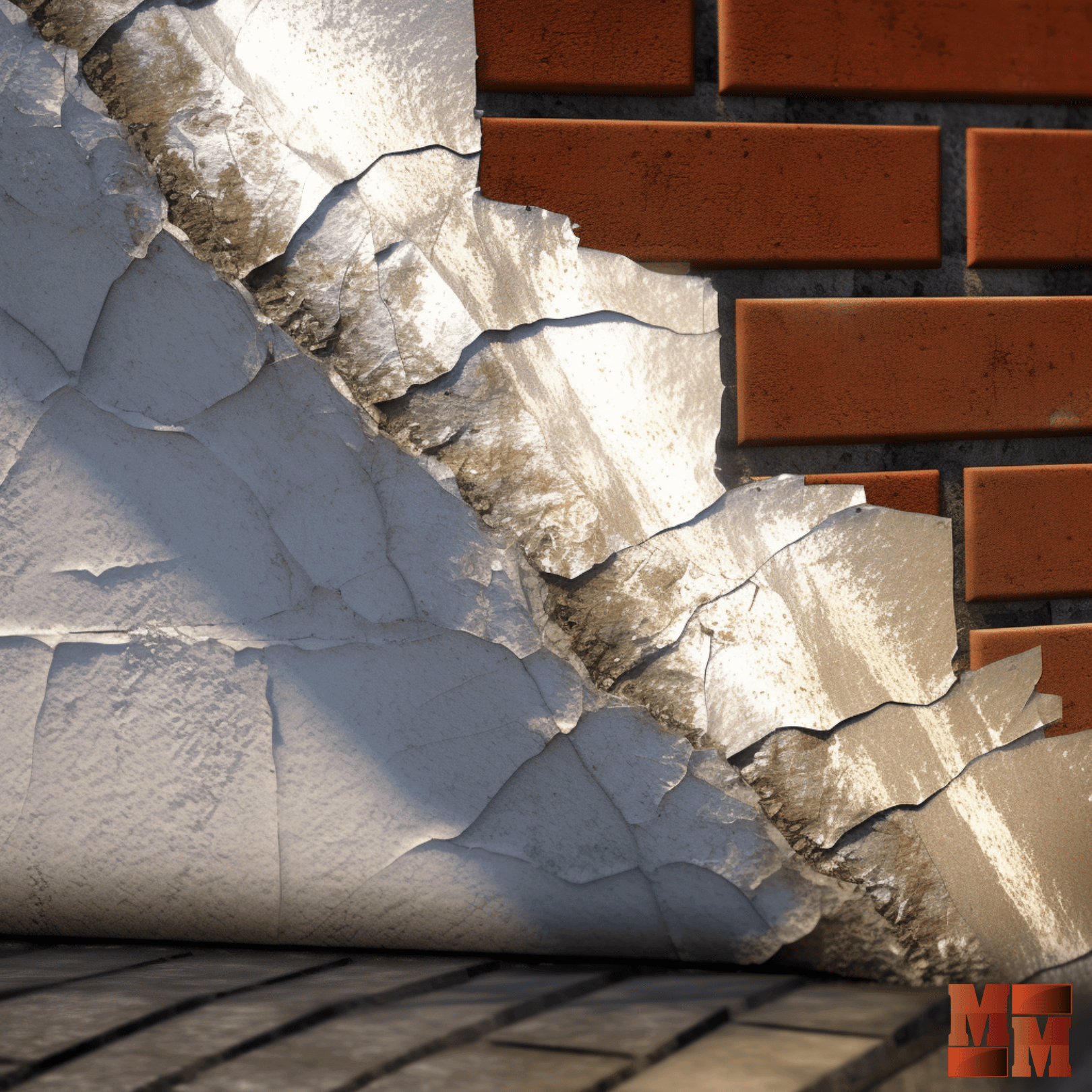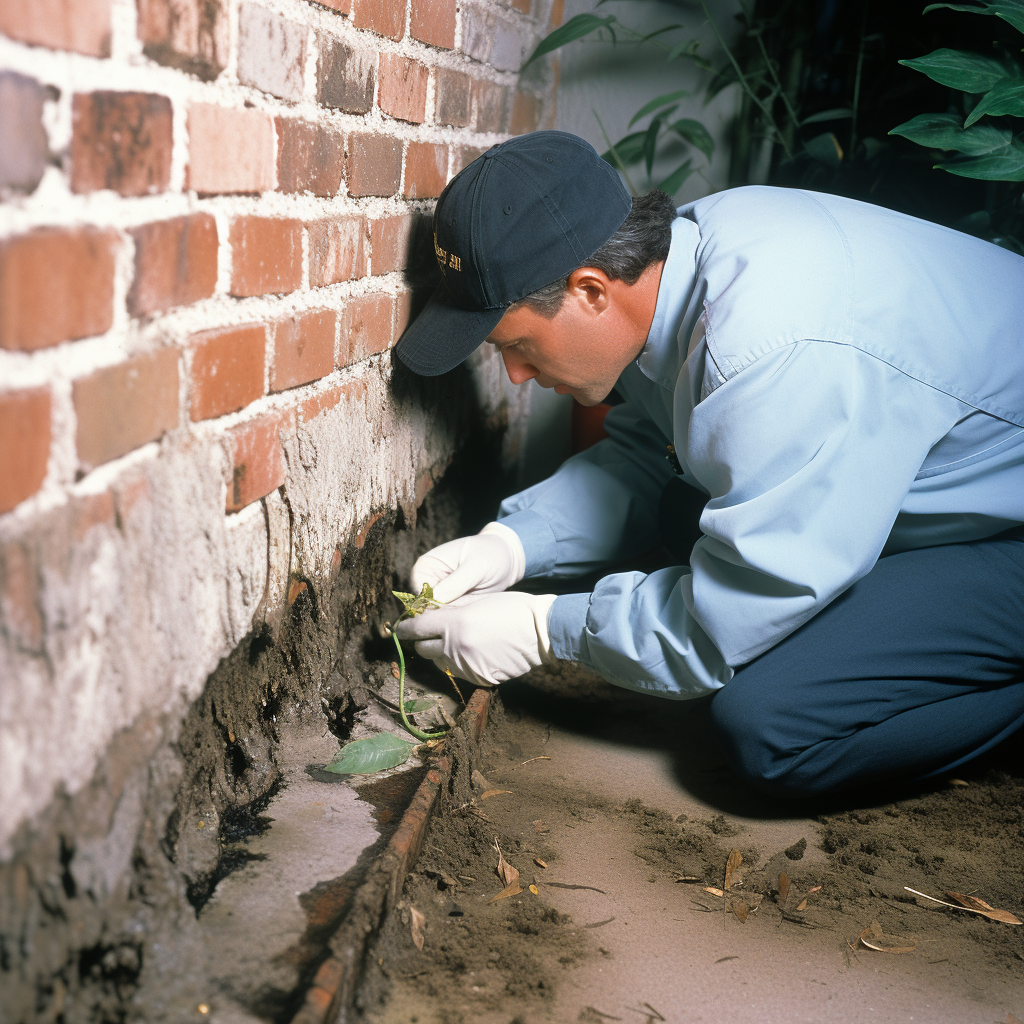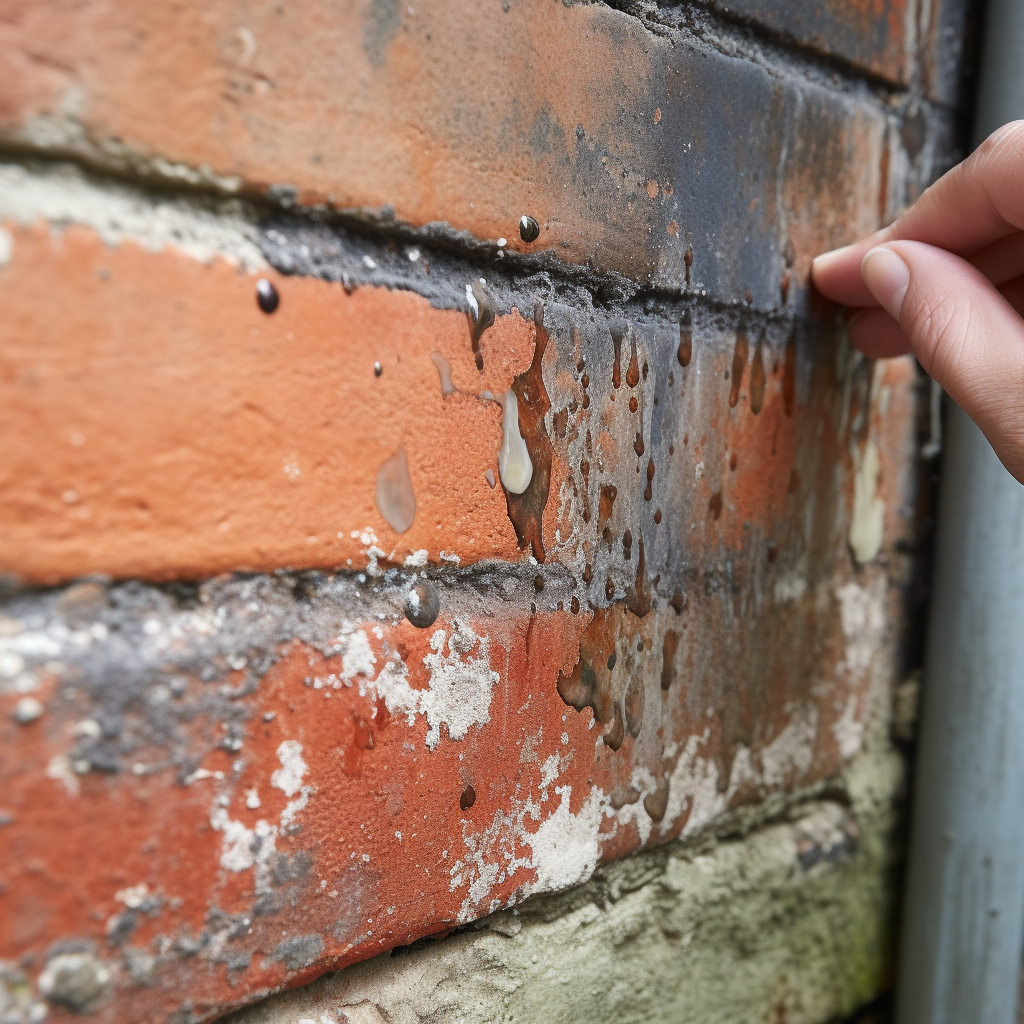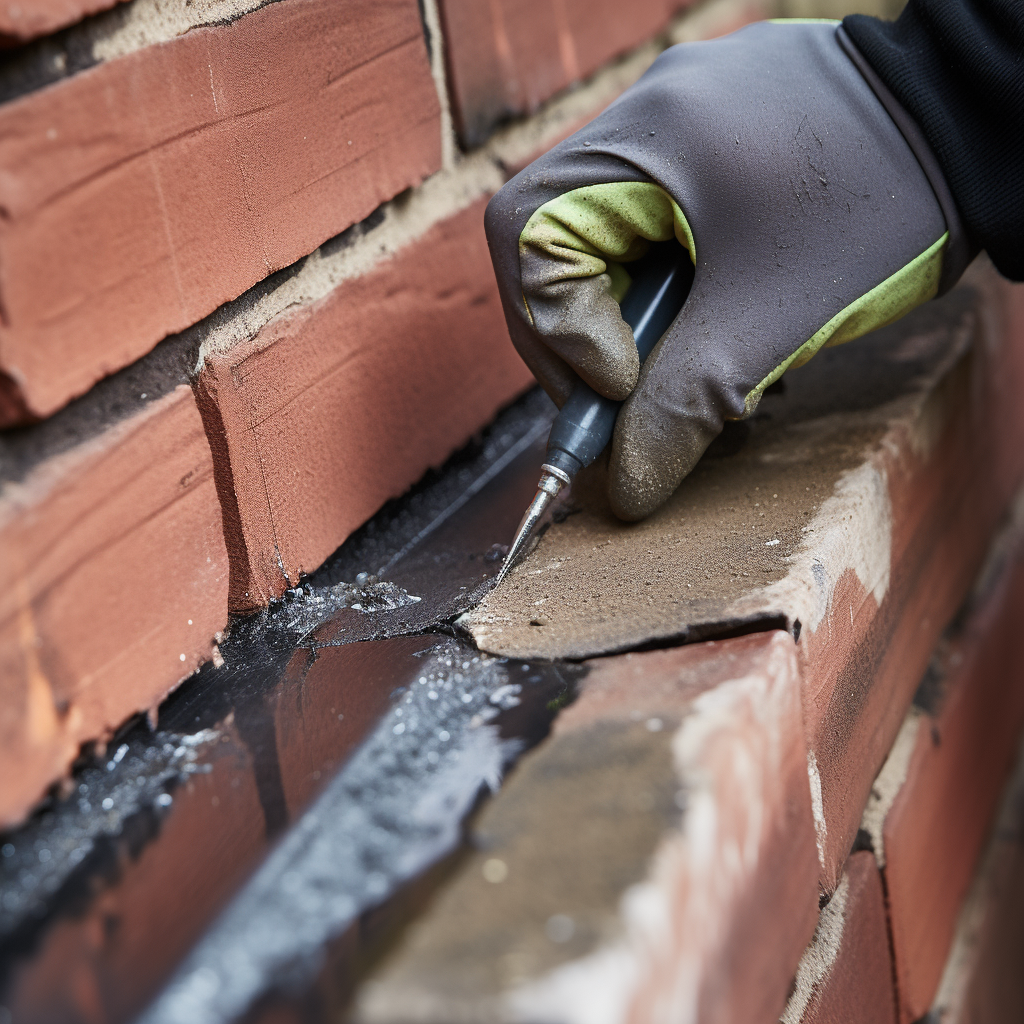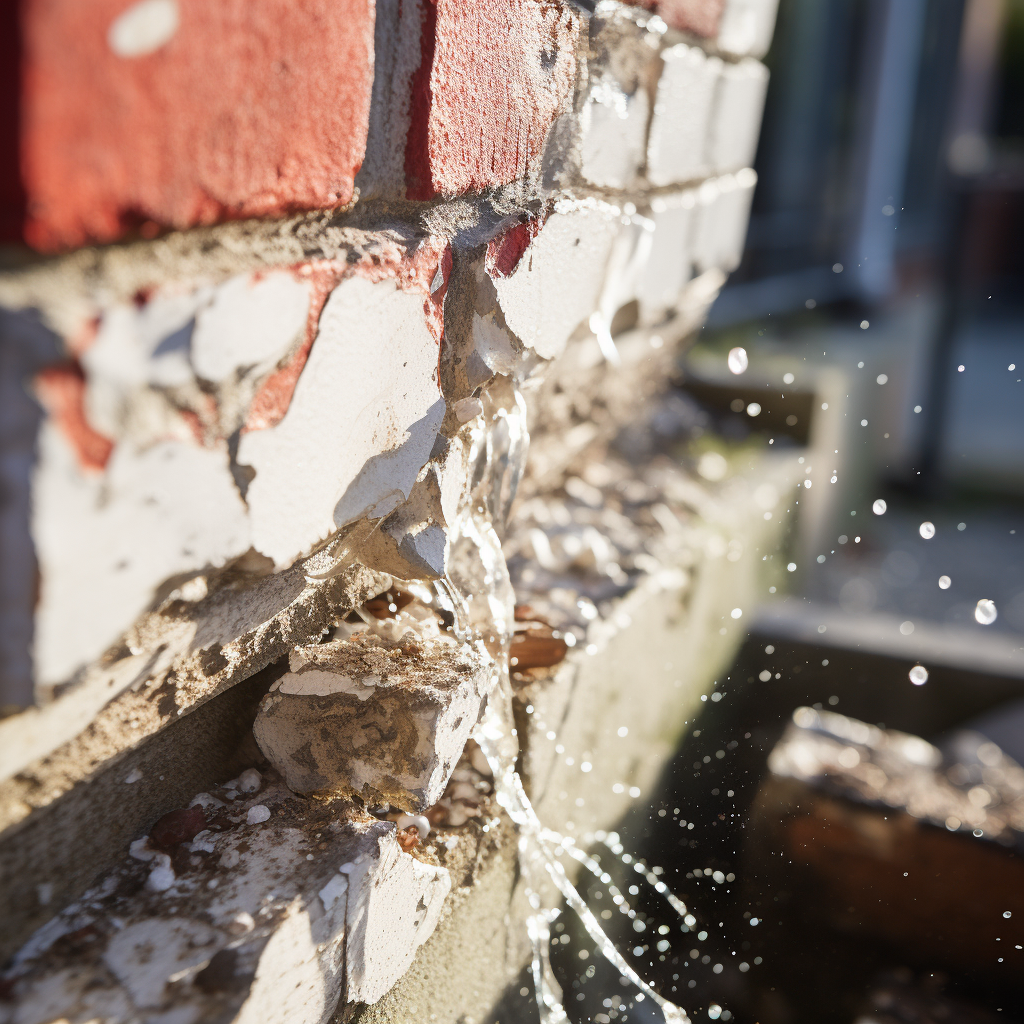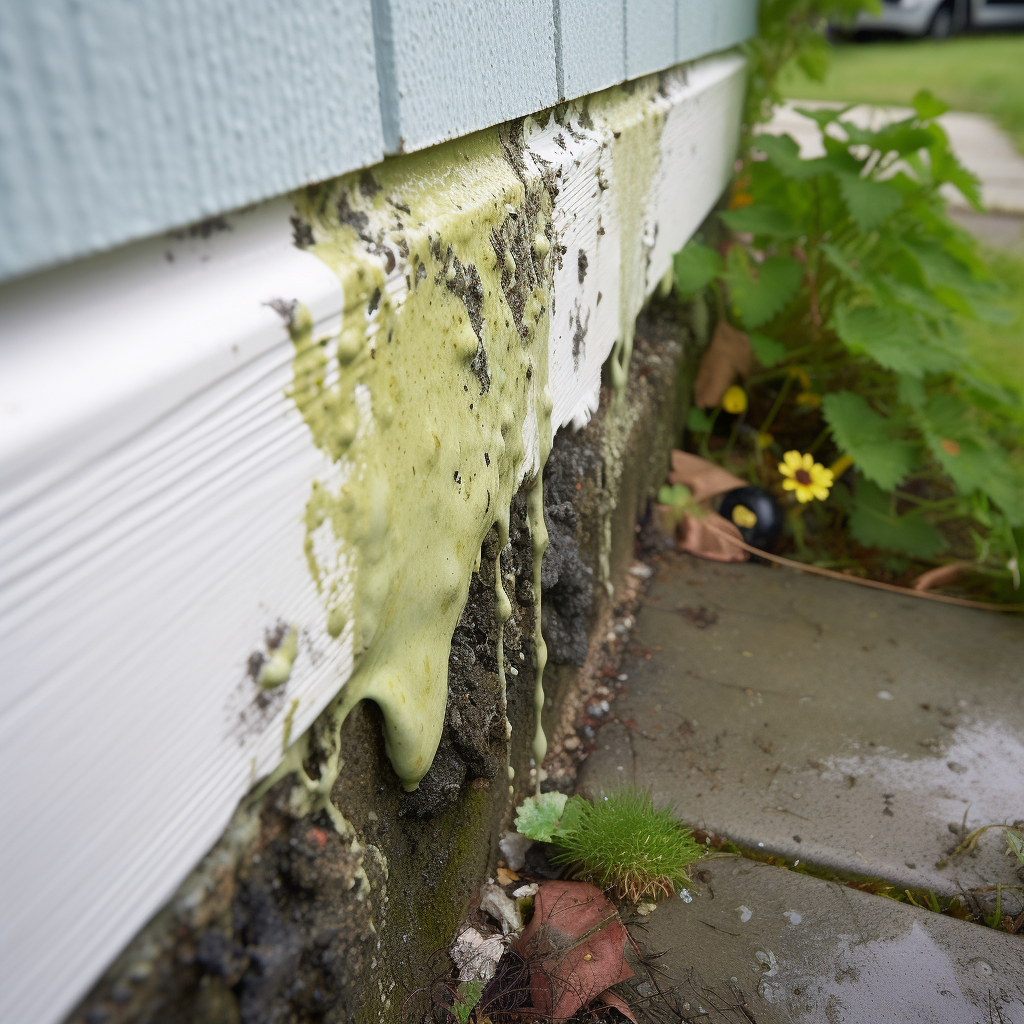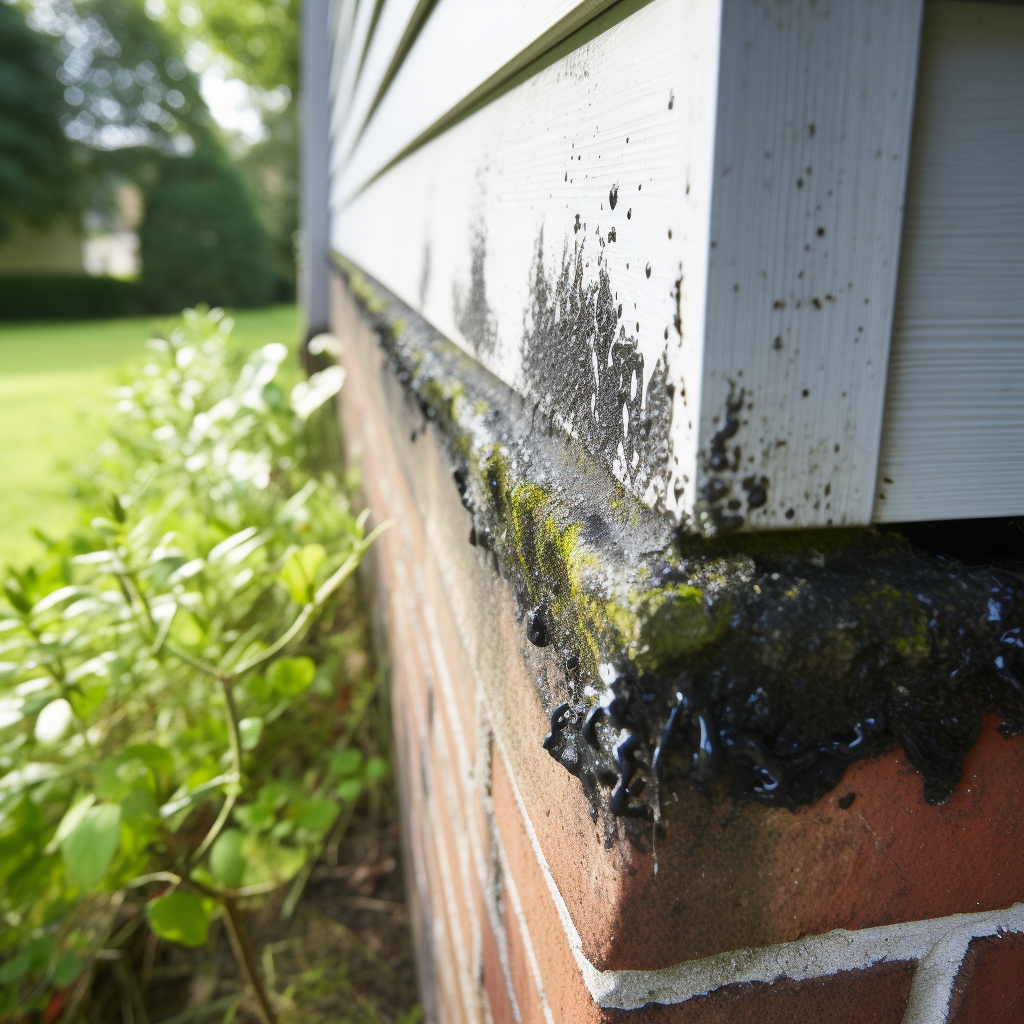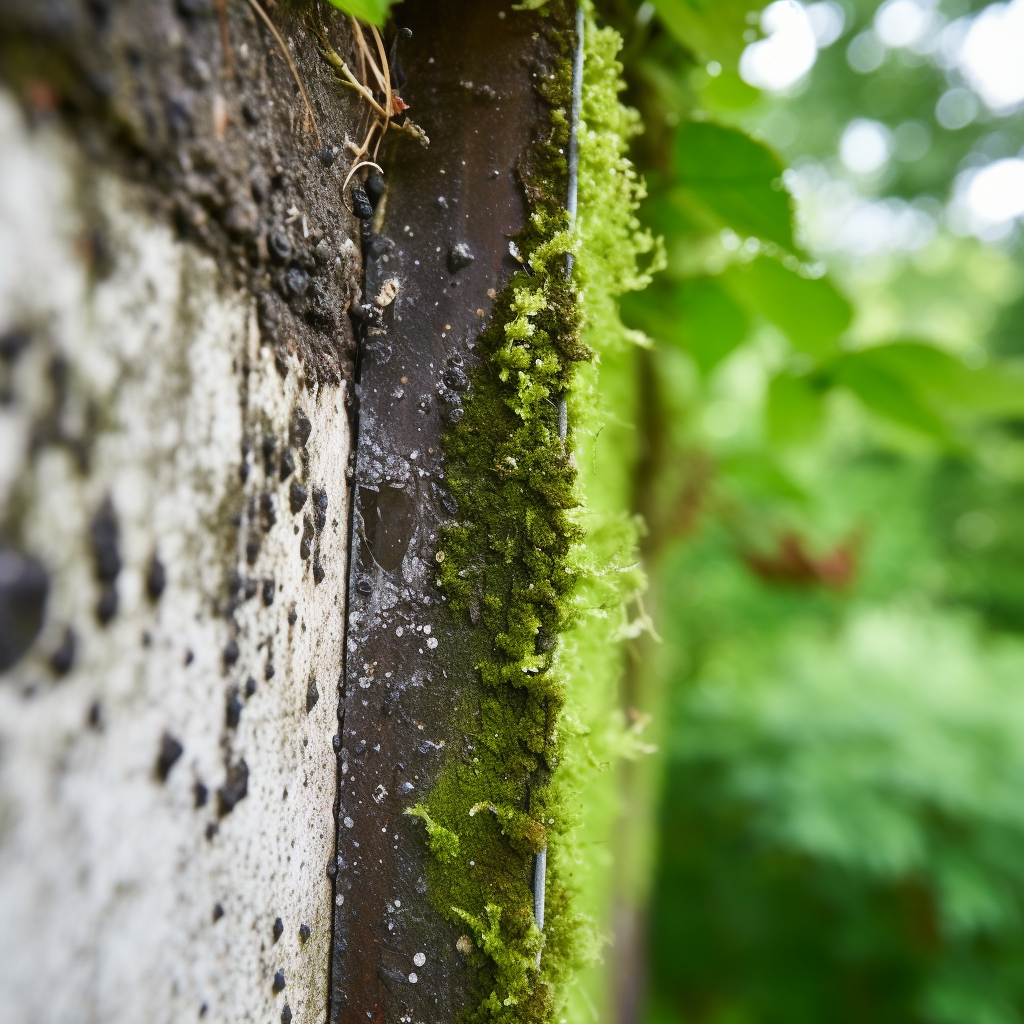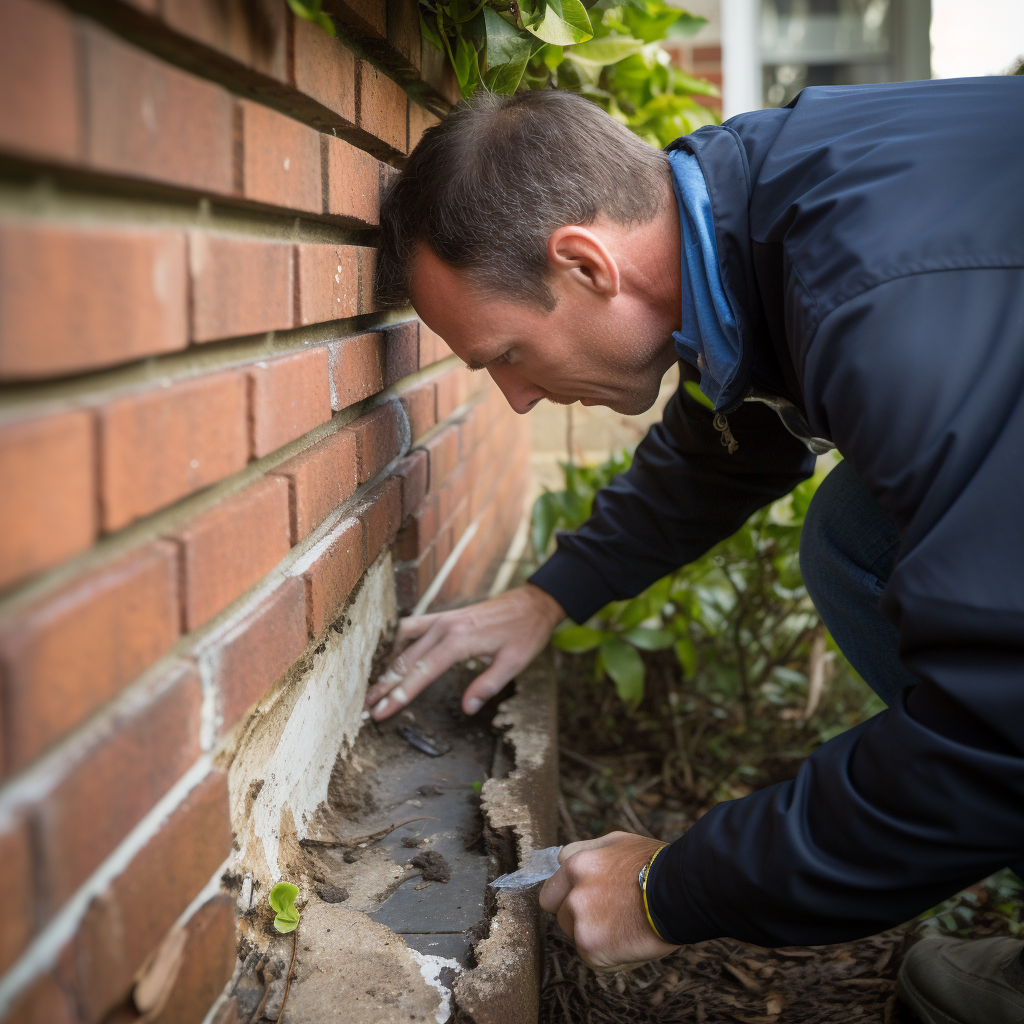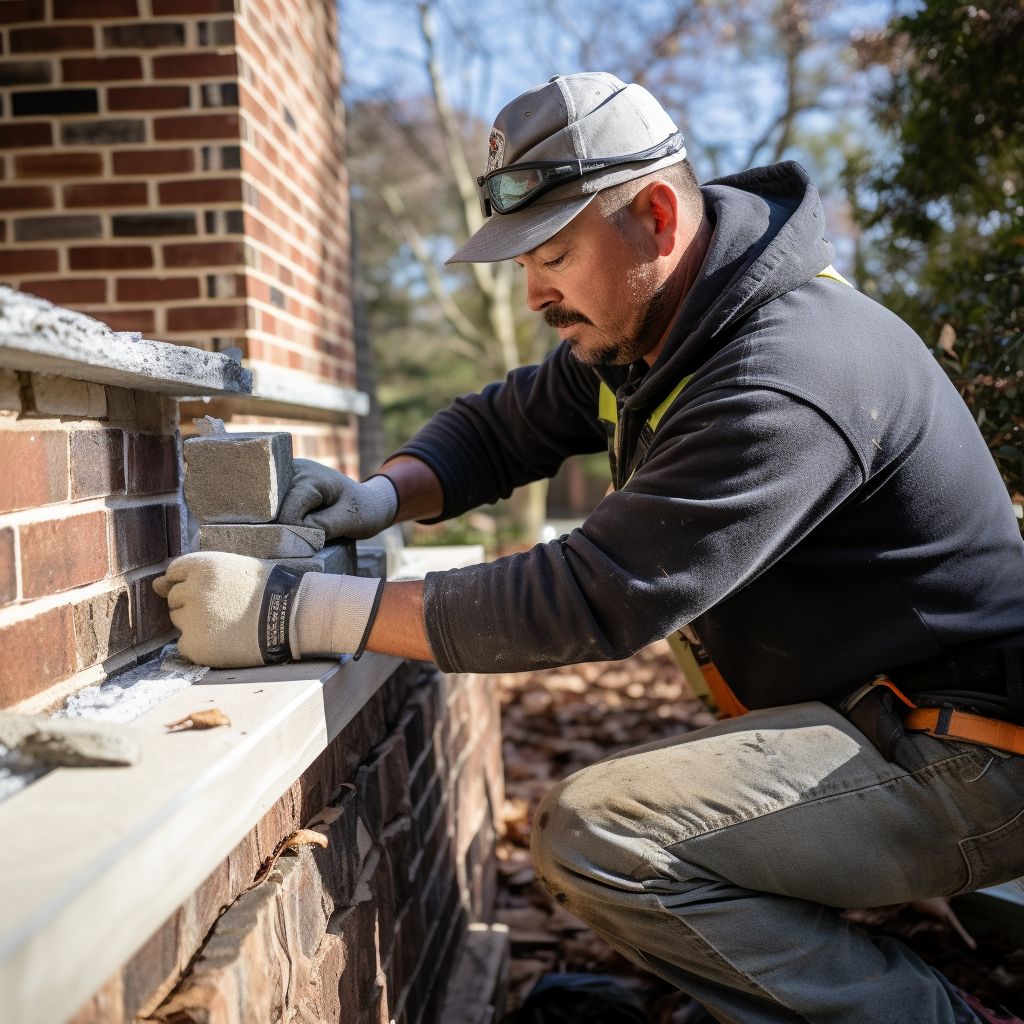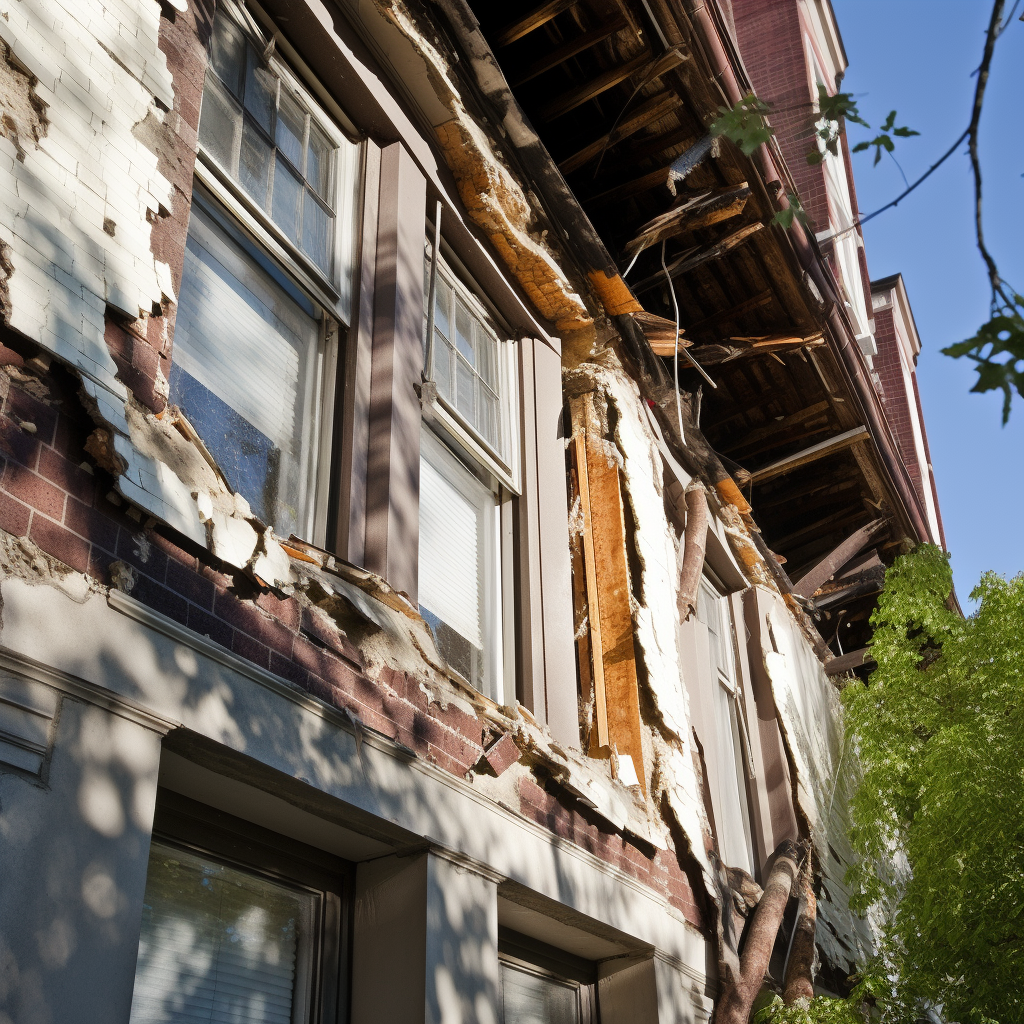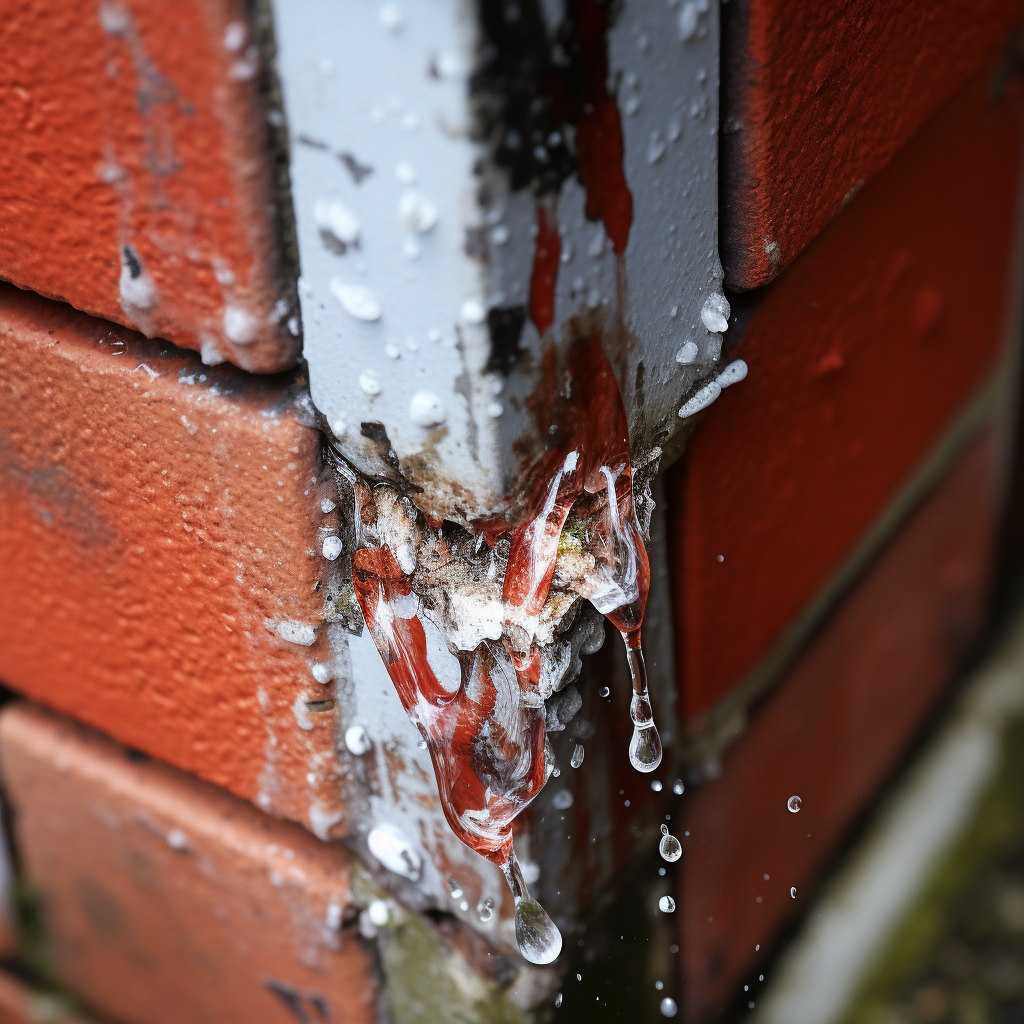Causes of damaged flashing on brick walls, the dangers it poses, and how to prevent and address the issue.
Damaged flashing on a brick wall can lead to serious problems, including water infiltration and structural damage. Flashing is a crucial component of any masonry system, as it helps prevent water from seeping into the wall and causing damage. In this section, we will explore the causes of damaged flashing on brick walls, the dangers it poses, and how to prevent and address the issue.
Causes of Damaged Flashing on Brick Walls
There are several factors that can contribute to damaged flashing on brick walls, including :
- Improper Installation : If the flashing was not installed properly, it can lead to damage over time.
- Wear and Tear : Flashing can become damaged due to wear and tear over time, especially in areas with extreme weather conditions.
- Poor Maintenance : If the flashing is not regularly inspected and maintained, it can become damaged without the property owner's knowledge.
Dangers of Damaged Flashing on Brick Walls
Damaged flashing can lead to several potential dangers, including :
- Water Infiltration : Damaged flashing can allow water to seep into the wall, leading to moisture buildup and potentially causing structural damage.
- Mold and Mildew Growth : Moisture buildup can also lead to mold and mildew growth, which can pose health hazards to occupants of the building.
Preventing Damaged Flashing on Brick Walls
Preventing damaged flashing involves proper installation and regular maintenance. Here are some steps you can take to prevent damaged flashing on brick walls:
- Hire experienced professionals : Hire experienced masonry professionals to ensure that the flashing is installed properly.
- Regular inspections : Regular inspections can help identify any potential issues with the flashing before they become serious.
- Maintenance : Regular maintenance, such as cleaning the flashing and removing any debris, can help prolong its lifespan.
Addressing Damaged Flashing on Brick Walls
If damaged flashing has already occurred on your brick wall, there are several methods for addressing the issue, including :
- Repairing or Replacing the Flashing : Damaged flashing can be repaired or replaced by experienced masonry professionals.
- Repairing Any Structural Damage : If water infiltration has caused damage to the structural integrity of the wall, it will need to be repaired.
- Cleaning Mold and Mildew : If mold and mildew have formed due to water infiltration, it will need to be properly cleaned and removed.
Conclusion
Damaged flashing on a brick wall can lead to serious problems, but by understanding the causes and taking preventative measures, property owners can avoid costly repairs and potential health hazards. Regular inspections and maintenance, along with addressing any issues as soon as they are noticed, are key to maintaining the structural integrity and aesthetic appeal of brick walls for years to come.

